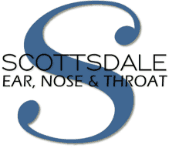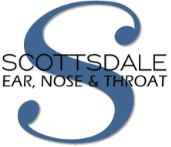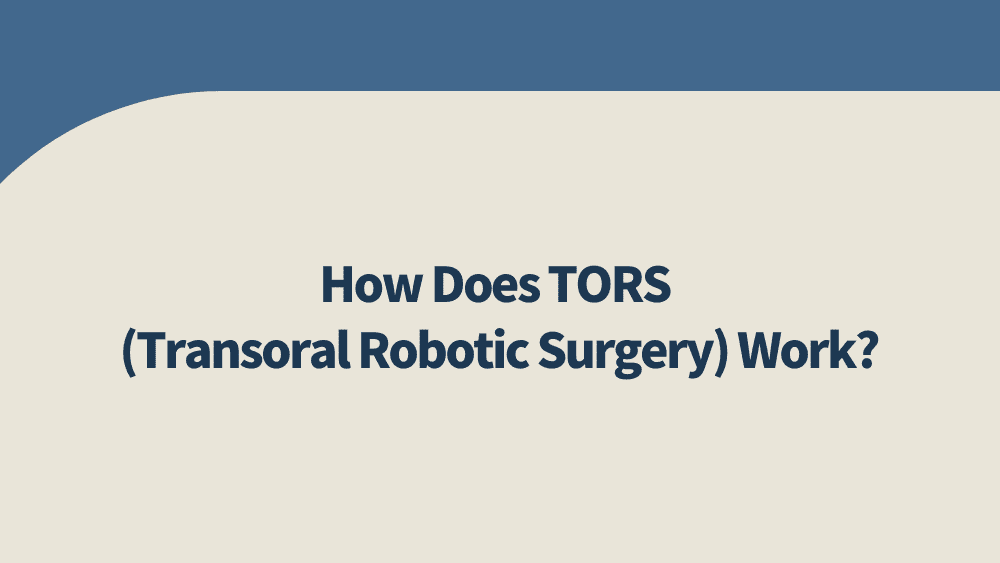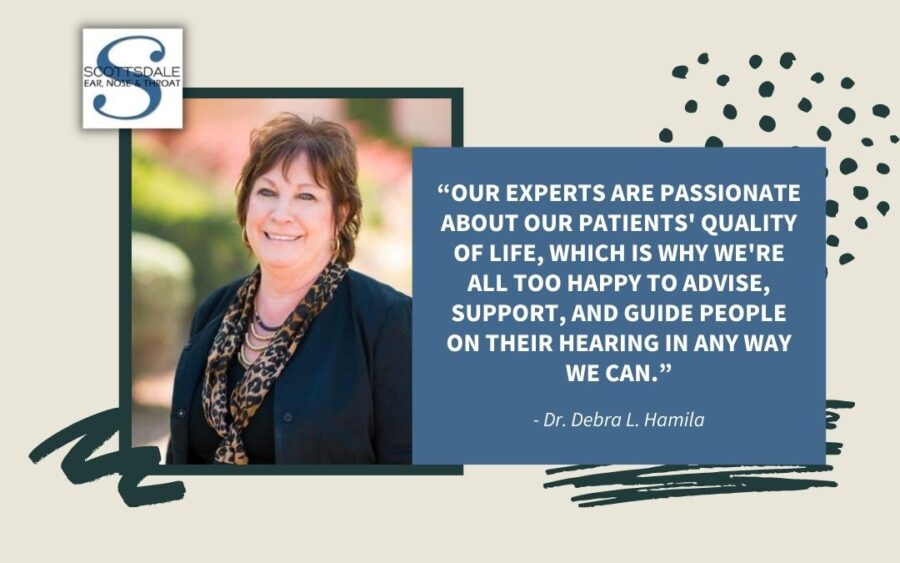When a doctor informs you that a surgical procedure is necessary, your first concerns usually include the risks, possible complications, pain, and length of recovery period, which often lead patients to put off or avoid surgery.
The use of robotic surgery in place of traditional procedures has made it possible to reduce all of these common side effects.
As Arizona’s leader for ENT health, Scottsdale ENT works to limit the adverse effects of the head and neck surgical procedures using an advanced technology surgical procedure known as Transoral Robotic Surgery or TORS.
Because we dedicate ourselves to keeping our patients and the community up to date on cutting-edge treatment options, we’d like to give you some insight into how TORS works, its benefits, and how we apply it in our practice.
What is TORS?
A Transoral Robotic Surgery procedure involves using a da Vinci robot to execute a surgical procedure in and around the tonsils, base of the tongue, and larynx.
This minimally invasive surgical procedure is performed through the mouth, giving the surgeon improved access to areas that are small and difficult to reach in the throat.
How Does TORS Work?
During a TORS procedure, the patient is placed on an operating table adjacent to the robotic instrument while the surgeon sits nearby at a control panel.
The control panel display provides a 3D high-resolution image of the target tissue (often a tumor) and the surrounding tissue.
Using the controls included with the panel, the surgeon manipulates the robotic instrument to perform the procedure. The main advantage of the robotic instrument is its tremor-free stability, greater flexibility, and improved range of movement within the confined area.
The Benefits of a TORS Procedure
Traditional surgery usually requires an incision through the throat or a need to split the jawbone to gain access to the affected area.
In contrast, TORS allows surgeons access to the affected area through the patient’s mouth, eliminating the need for an open incision, allowing for:
- Shorter hospital stays
- Faster recovery time
- Fewer post-op complications
- Reduced risk of damage to surrounding tissues that could affect speech and swallowing
- Limiting or avoiding the need for full-dose radiation or chemotherapy
How TORS Is Used at Scottsdale ENT
Patients with cancer in the tonsils, tongue base or larynx who are not seeing positive results from other treatment options are the most likely candidates for TORS at Scottsdale ENT.
However, we have also seen success in treating patients with severe sleep apnea that does not respond to CPAP (continuous positive air pressure) therapy.
Scottsdale ENT is a TORS Leader in Arizona
Cancer, sleep apnea, and head and neck pain have the potential to significantly disrupt your capacity to go about your daily routine, reducing your quality of life.
A TORS procedure provides a viable solution for conditions that do not respond to traditional treatment options with fewer risks and side effects and shorter recovery times.
Dr. Kurt E. Heiland and Dr. Cheryl A. MacKechnie, award-winning doctors at Scottsdale ENT, are recognized leaders in TORS head and neck procedures throughout Arizona.
If you or a loved one is considering a head or neck surgical procedure or would like more information about TORS, feel free to contact us.




